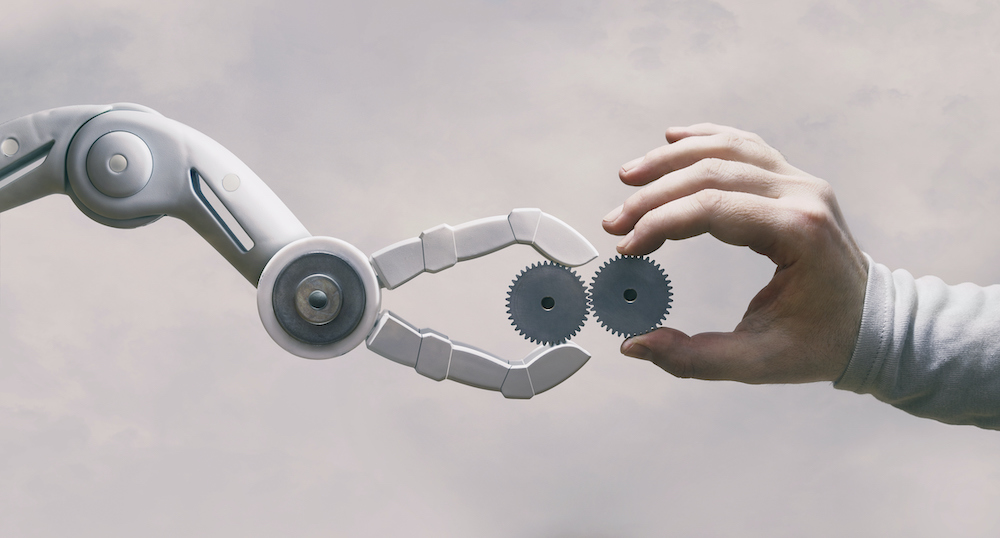The robotics landscape is evolving at an unprecedented rate, and MIT is leading the charge in revolutionizing how robots communicate and adapt through innovation in chip technology. At the heart of this evolution lies a fascinating concept known as “robomorphic computing,” which aims to synchronize a robot’s cognitive processing with its physical movements. In this blog post, we’ll explore the breakthroughs coming out of MIT, the implications of custom-built chips in robotics, and how these advancements could redefine human-robot interaction.
The Robomorphic Computing Revolution
MIT researchers, under the guidance of CSAIL graduate Dr. Sabrina Neuman, have set their sights on addressing a critical issue in robot technology—the speed at which robots can think versus their ability to move. While modern hardware has enabled swift movement, the processing capabilities have lagged behind, creating a disconnect that hampers operational efficiency. The introduction of custom chips tailored specifically for robotic needs is about to change the game.
Understanding Custom Chip Design
Custom-built chips are not a novel concept; they exist in devices like smartphones to enhance performance. However, the MIT team has taken this idea a step further with chips designed for unique robotic constructs. These custom chips factor in the robot’s physical design—its limb layout, joint movements, and operational requirements—and convert these parameters into mathematical matrices. Here’s how this fascinating process works:
- Specialized Matrices: The robots’ physical attributes are translated into sparse matrices, which contain zeros representing impossible movements entirely feasible within the anatomy of the robot.
- Optimized Architecture: Neuman’s system creates hardware architecture that targets only non-zero values for computation, resulting in highly efficient processing tailored to the robot’s needs.
- Fast-Tracked Performance: Using a Field-Programmable Gate Array (FPGA), the team demonstrated remarkable efficiency, far surpassing that of traditional CPUs.
The Role of Hardware Acceleration
Hardware acceleration isn’t just a trend; it’s a vital shift towards building more intelligent robots that can react effectively in dynamic environments. Think of GPUs, which are integral for rendering graphics. MIT’s work shows how similar architectures can dramatically improve the performance of robotic systems, ensuring they react swiftly to changes around them.
Why This Matters for Human-Robot Interaction
A crucial aspect of robotics is their role in collaborative environments – both in industries and daily life. By enhancing the speed and efficiency at which robots process information, MIT’s advancements pave the way for safer interactions. As robots gain the ability to respond instantaneously to human actions, they become not just tools, but collaborative partners in various settings.
Conclusion: A Step Towards a Harmonious Future
The pursuit of faster, smarter robots is not limited to mere technological advancement; it embodies a vision for a future where humans and robots coexist seamlessly. MIT’s research into robomorphic computing and custom chip design holds the potential to transform our integrated existence with robots, breaking down barriers to adopt robotics into everyday scenarios. Imagine a world where robots assist in homes, workplaces, and beyond, truly understanding and responding to our needs in real-time.
At fxis.ai, we believe that such advancements are crucial for the future of AI, as they enable more comprehensive and effective solutions. Our team is continually exploring new methodologies to push the envelope in artificial intelligence, ensuring that our clients benefit from the latest technological innovations.
For more insights, updates, or to collaborate on AI development projects, stay connected with fxis.ai.

